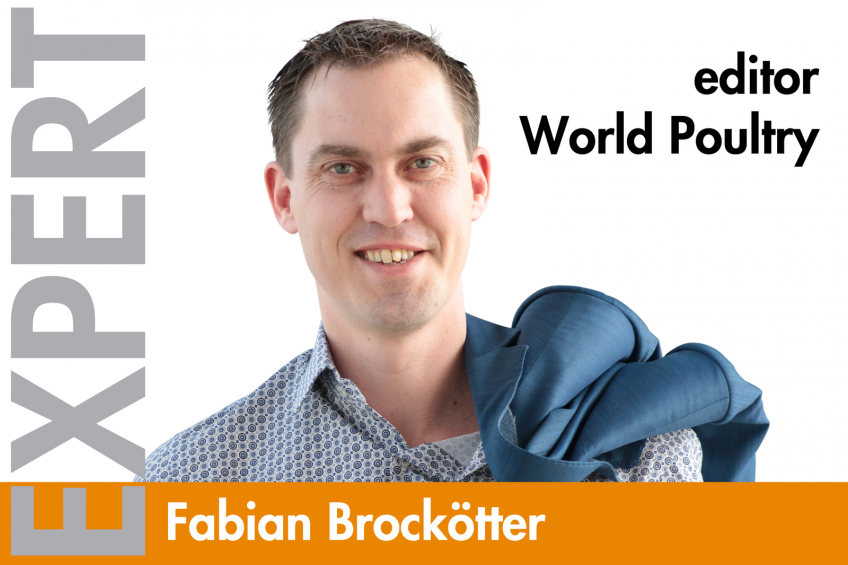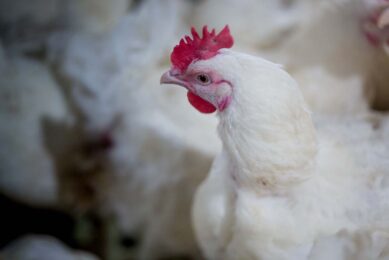Crops for food or for feed: A ‘Catch-22’?

History has been made with food production making it into the climate treaty. But what’s the catch? This also means that there will be more competition between crops for food or for animal feed.
For the first time in history the need for production of food has made it into a climate treaty. That is what world leaders agreed upon during the Climate Conference in Paris at the end of 2015. Normally these treaties mainly focus on CO2 emissions and the reduction thereof; methane production from livestock and the CO2 footprint of animal protein production were targeted as were certain heavy industries. But no more of that.
Preventing extreme hunger and thus food production play a far more important role in the newest treaty, more or less at any cost to the environment. Of course agriculture has to be as sustainable as possible, but it is out of the direct danger zone concerning forced CO2 reduction.
One can imagine that poultry producers and organisations across the board hailed the fact that food production and security finally made it into the text of the climate treaty. But it is good to keep in the back of our minds that there can be a catch. In fighting extreme hunger there will be a possible discrepancy between animal protein production and food production.
There is a trend towards higher poultry and egg production as the welfare standard of the world increases and with that the total number of consumers, but with dwindling supplies of food crops there could be an increasing competition between crops for food or for feed. Efficiency wise feed (and animal production) then would draw the short straw.













